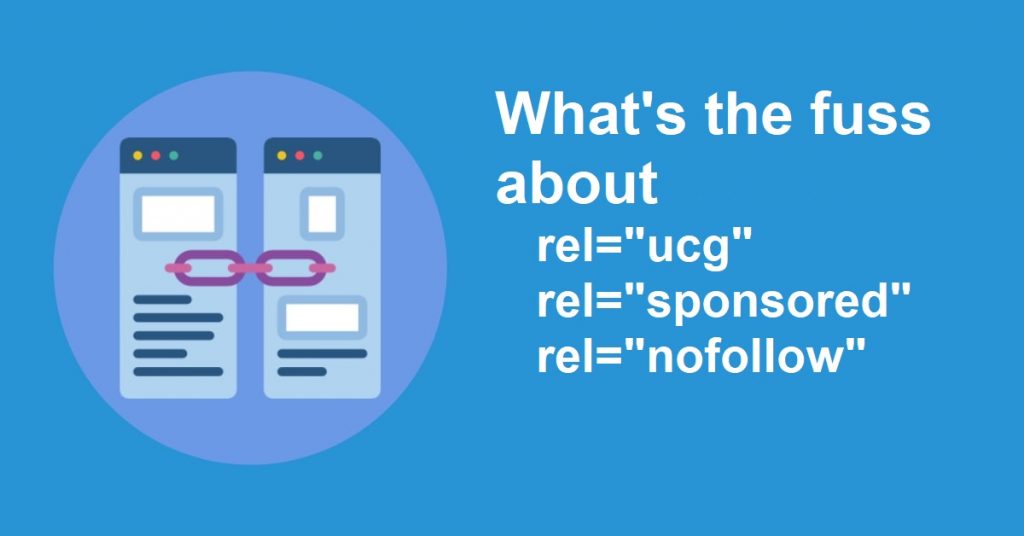
Google announced on Tuesday, 9/10/19 that they are making updates to enhance their system to help capture signals via the “nofollow” attribute, and adding two more attributes to further, “rel=ugc” and “rel=sponsored“.
WHAT’S THE BIG FUSS
The last time the NoFollow attribute was introduced as a means to help fight comment spam and that was done in 2005. That’s over 14 years ago!
Ironically, Google mentioned that these three attributes will be treated as hints about which links to exclude as ranking signals. That means they will not be ignored, as has been the case up until now.
| rel Value | Description |
| rel=”sponsored” | Signals links that are advertisements or paid placements |
| rel=”ugc” | Signals links user-generated content (UGC) links, such as comments and forum posts, as ugc. |
| rel=”nofollow” | Use the nofollow value when other values don’t apply, and you’d rather Google not associate your site with, or crawl the linked page from, your site |
WHAT DOES IT MEAN IN LAYMAN’S TERMS
Basically, this boils down to “Link Authority/Weight” and “Internal Site Linking” in SEO 101.
As Google stated that “Links contain valuable information that can help us improve search, such as how the words within links describe content they point at. By shifting to a hint model, we no longer lose this important information, while still allowing site owners to indicate that some links shouldn’t be given the weight of a first-party endorsement.” and a hint model that will be use to better understand linking patters.
For an e-Commerce site, it would be wise to prepare for rel=”ucg” if the site contains
1. REVIEWS: Sites that have a lot of reviews should invest time in to append this attribute to their review pages. For example, there are close to 16,000 reviews for this Amazon SKU and it would be ideal to embed the rel=”ucg” from the referring Product Description Page (PDP) to send the right signals to Google.
2. BLOG POST: Community contributors, or guest contributors that post to your site should not be considered as part of this exercise. This does not apply to employee contribution, or well established contributors. However, this is highly relevant if an website like BuzzFeed as it focuses mainly on community contribution, then there is more work to be done to segment out authors / contributors that should be flagged with, or without the rel=”ucg”.
3. SOCIAL MEDIA: Embedding snippets, content and links from your social media like Instagram, Facebook, etc should have rel=”ucg”.
rel=”sponsored” ???
Unless you are working for WalMart, Amazon, or Target, one should not be concerned for their e-Commerce website as rel=”sponsored” attribute is used to call out Ads, or Sponsorship links within your site.
Non e-Commerce websites that would generate revenue through Ad revenue will need to address this so that they are not caught on the the back foot.
Is this super critical, no it is not but it should be something that is on the roadmap to address before the end of the year – assuming the website does not go into lock down for the holiday season in early October.